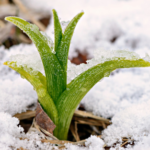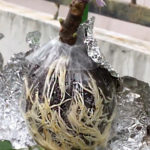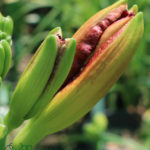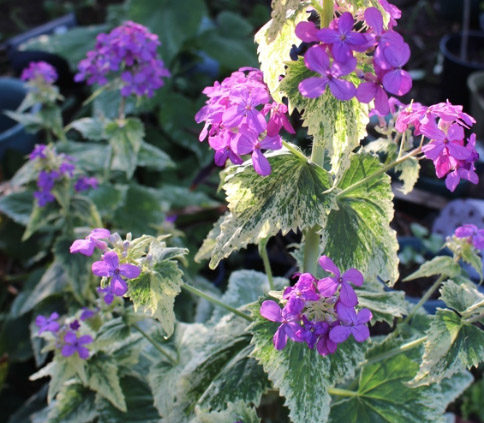
Variegated Plants Variegation Problems
Variegated Plants: Loss of Variegation In Plants
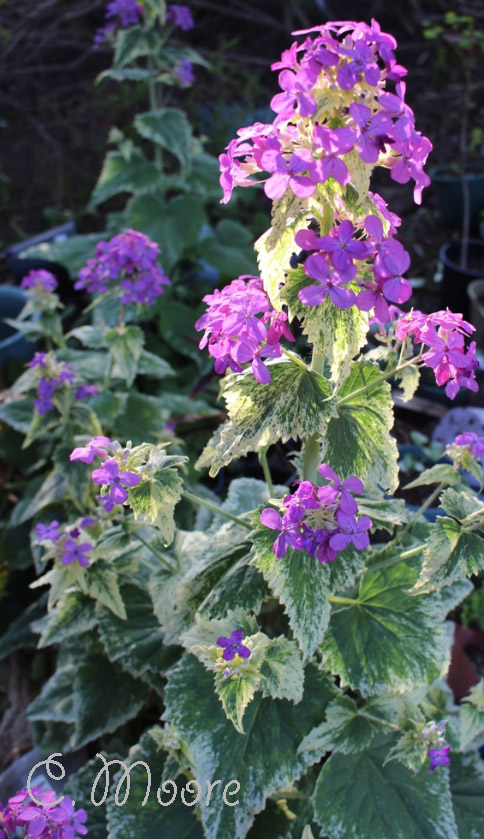 Most gardeners will have at least a couple of variegated plants in their garden in a life time. The coloured variegated plants add more colour and attraction to the garden. It is nothing but the appearance of different coloured zones on leaves and in some cases on the stems of the plant.
Most gardeners will have at least a couple of variegated plants in their garden in a life time. The coloured variegated plants add more colour and attraction to the garden. It is nothing but the appearance of different coloured zones on leaves and in some cases on the stems of the plant.
What are the Different Causes for Plants to Variegate?
The variegation looks attractive and inviting in some plants than the others. If the variegation is genetic in plants, then propagating a new plant from the shoot or through its seed will result in the colouring to make an appearance in the plant. Variegation occurs when there is a lack of chlorophyll in some cells. Variegation caused by genetic mutation is inherited. Variegation caused by random mutation is temporary and cannot be propagated. In some plants, variegation occurs as a result of viral infections attacking the leaves and stems of the plant. Some plants develop variegation as part of their defensive strategy. Parasites like leaf miners will avoid the plants which have leaves with variegation that mimics infested leaves. Deficiency of certain nutrients in the soil also results in the temporary variegation of leaves in certain plants.
What is Reversion of Variegated Leaves?
Some plants with variegated leaves may develop white or light coloured borders or they may turn green. This may be due to various reasons such as changes in the availability of sunlight or changes in the season. When the chlorophyll level in the variegated plants decreases, the capacity to photosynthesis reduces and it will affect the survival of the plant. So the plants tend to return to green colour which will help them to thrive and grow better. So, most of the reversal of variegation is a survival tactic for the plant. Sometimes another mutation can cause the reversal as well. The loss of variegation reduces the ornamental value of the plants and it is frustrating for gardeners. Did you know variegated plants which are growing in shady or partly shaded areas are especially at risk of reversal of variegation? These plants have low chlorophyll content in their cells and they will not be receiving the required sunlight. This will make the plant revert to a stable condition. Changes in temperatures can also cause the reversal of variegation. Variegated plants growing in water logged areas try to produce new shoots which are green in colour.
How to Stop Variegated Plants From Reverting to Plain Green?
It is simply not possible, to reverse the loss of variegation in plants but it is possible to restrict the loss of variegation in plants from taking over the entire plant.
- You can reduce the variegation loss in plants by pruning the branches or removing the leaves of the plant that have already reverted to green.
- Sometimes you may need to prune the plant to the base of the branch to make it resume the variegation pattern.
- You shouldn’t delay the pruning as the green leaves and shoots can easily turn the plant completely green within no time.
You can also get the landscape experts to handle the situation if needed.










